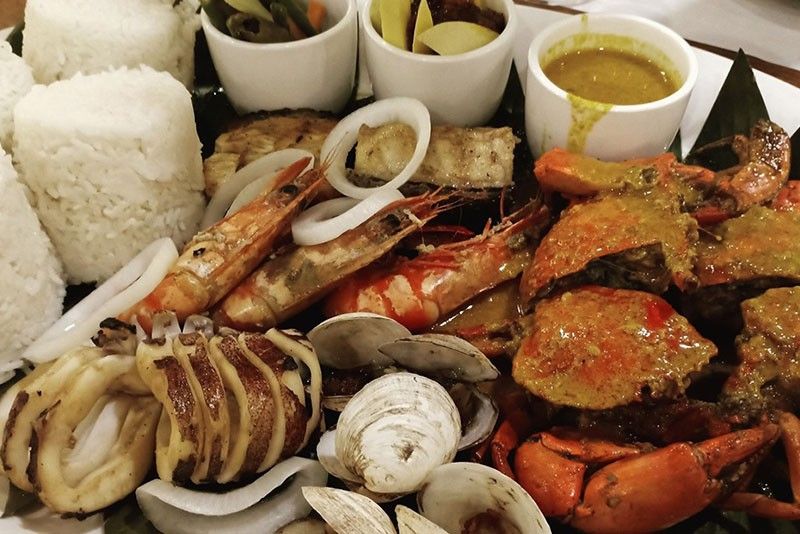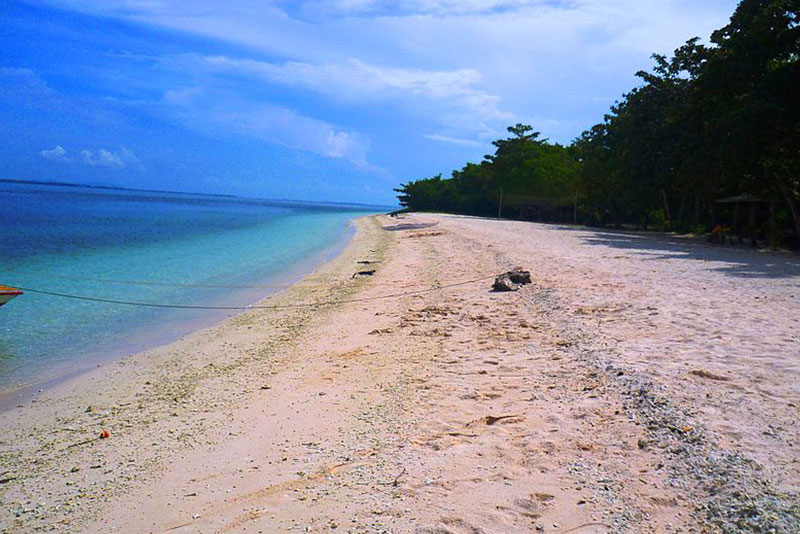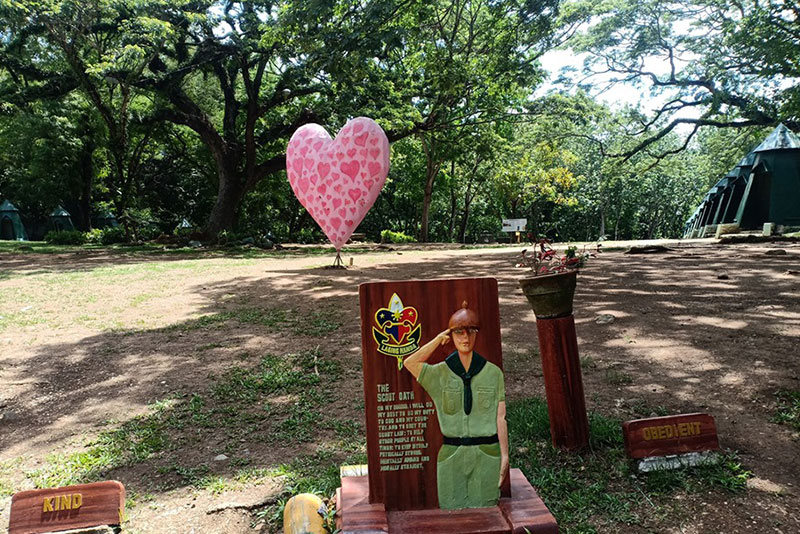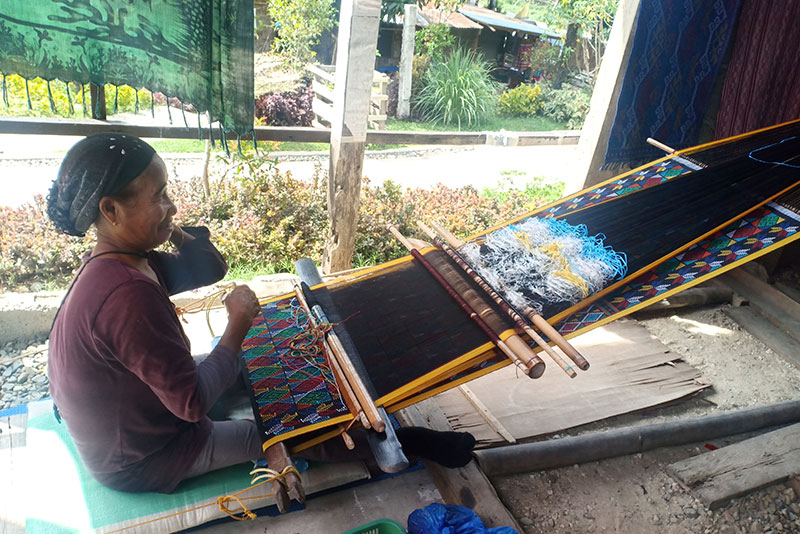‘Asia’s Latin City’: 5 ways to rediscover Zamboanga City

ZAMBOANGA CITY — Dubbed as "Asia’s Latin City" and the "city of flowers," Zamboanga City is the third largest city in the Philippines by land area. As such, it has a lot to offer tourists, including rich heritage and tourist spots.
Although marred by controversies in the past, including the Zamboanga siege last 2013, the city is now peaceful, thanks to increased police and military visibility.

Zamboanga city hall and center. Philstar.com/Jan Milo Severo
The Philippines' only pink beach

Great Santa Cruz Island
Recognized by National Geographic Channel as one of the world's top 21 best beaches, the inhabited Great Santa Cruz Island in Zamboanga City has been known for its pink sand beach, believed to be the only one in the country and in Asia. The beach owes its color to mixed pulverized red organ pipe coral and white sand.
The beach is said to be popular among tourists from as far as Europe since the 1980s.
Pasonanca Park

Camp Limbaga, named after the Antonio Limbaga, the only Zamboangeno boy scout delegate to the 11th World Scout Jamboree in Greece, which unfortunately crashed in Mumbai on their way to Greece, is also located inside the park. Philstar.com/Jan Milo Severo
Located in Barangay Pasonanca, the park is one of the most visited places in Zamboanga City. Here, tourists can enjoy different attractions, including the Pasonanca Park Swimming Pools, La Jardin de Maria Clara Lobregat, and the Butterfly Park.
Also located inside the park is the Pasonanca Tree House, which you can rent for free.
Camp Limbaga, named after the Antonio Limbaga, the only Zamboangeno boy scout delegate to the 11th World Scout Jamboree in Greece, which unfortunately crashed in Mumbai on their way to Greece, is also located inside the park. In the camp, there are 24 tents named after the 24 boy scouts and scout masters who perished in the tragedy.
Yakan Village

Yakans are inhabitants of Basilan and have been considered as among the best weavers in the Philippines because of the tribe's unique geometric design. Philstar.com/Jan Milo Severo
Located seven kilometers from the city center, the Yakan Village is a place where you can see live weaving and a place to buy hand-woven fabric such as malongs, scarves, purses and earrings, among others.
Yakans are inhabitants of Basilan and have been considered as among the best weavers in the Philippines because of the tribe's unique geometric design. A meter of cloth takes them five to six days to finish. The cloth may be expensive, but the quality makes it worthwhile.
Barter Trade

Zamboanga's tourists do not usually leave the city without going to Barter Trade. Philstar.com/Jan Milo Severo
Barter Trade is in Barangay Canelar and is a place to buy souvenir items such sarong, batik, biscuits, chocolates, sotanghon and a thousand others, featuring Malaysian and Indonesian products at very affordable prices. Zamboanga's tourists do not usually leave the city without going to the this market.
Sardines capital of the Philippines

Mega Global's Zamboanga facility. Philstar.com/Jan Milo Severo
Zamboanga is home to different canned sardines manufacturers in the Philippines. One of them is Mega Global, manufacturer of Mega Sardines, with its 12-hour catching-to-canning process of sardines.
The process begins at sun down, with the company's sonar boats looking for schools of fish. Once detected, a green light is used to attract the fish. Then, the catcher boat comes and lowers its nets, circling these around the schools of fish.
The net is then pulled back up to the surface for loading. The company reportedly uses a fish pump technology that allows it to shorten the loading period from one hour to just two minutes. This is an important innovation, as the quicker loading times ensure that the fish is fresher and histamine levels are kept to a minimum, resulting in better taste. This also extends the shelf life of the fish from just two days to seven days. No human hands are laid on the fish, further lowering the risk of contamination.
Upon arrival at the fish port, the catch is mechanically unloaded using a vacuum pump to tanks in the holding dock. Then, the catch is transported to Mega Global’s canning plant.
The preparation of the sardines is automated and employs technology for efficient processing. The company produces up to two million cans of sardines daily.
Editor's note: The tour to Zamboanga City was hosted by Mega Global to promote tourism in the area. At no stage does the host organization have a say on the stories generated from the coverage, interviews conducted, publication date and story treatment. Content is produced solely by Philstar.com following editorial guidelines.



















